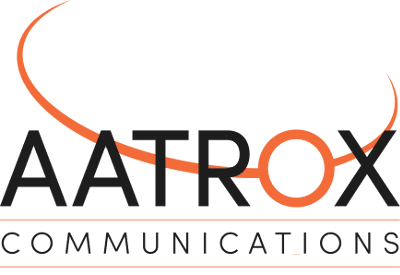
What are Protocols?
A very simple overview of a protocol is that it is a set of rules. These rules are used by computers for communicating data, and each step is defined by a protocol through the communication process.
SIP – Session Initiation Protocol
SIP is used for establishing a connection between multiple end points and is responsible for sending and receiving calls. SIP messages outline who the participants of the call are, and how they can be reached over an IP network.
H.323
H.323 performs relatively the same function as SIP, although with some distinct differences. The H.323 protocol was initially focussed on video conferencing and later included audio conferencing also.
The main difference between H.323 and SIP is that while H.323 is only able to support voice and video, SIP has been expanded to include application sharing, instant messaging, presence and other communications methods we are used to in a UC suite.
RTP – Real-time Transport Protocol
RTP is used in conjunction with SIP and RTCP (RTP Control Protocol) and is one of the foundations of VoIP.
Developed by the Audio Video Transport Working group and released in 1996, RTP is now used extensively in communications and entertainment, delivering audio and video.
RTCP – RTP Control Protocol
Working with RTP, RTCP is responsible for providing information regarding the quality of the data being transmitted by RTP.
SDP – Session Description Protocol
SDP defines session parameters required for multimedia sessions including:
- The IP address on the receiving end
- The port number listening for the incoming media
- The media type
- Which codec the endpoint is able to decode
[3cx-clicktotalk id="29505" title="AatroxComms"]

